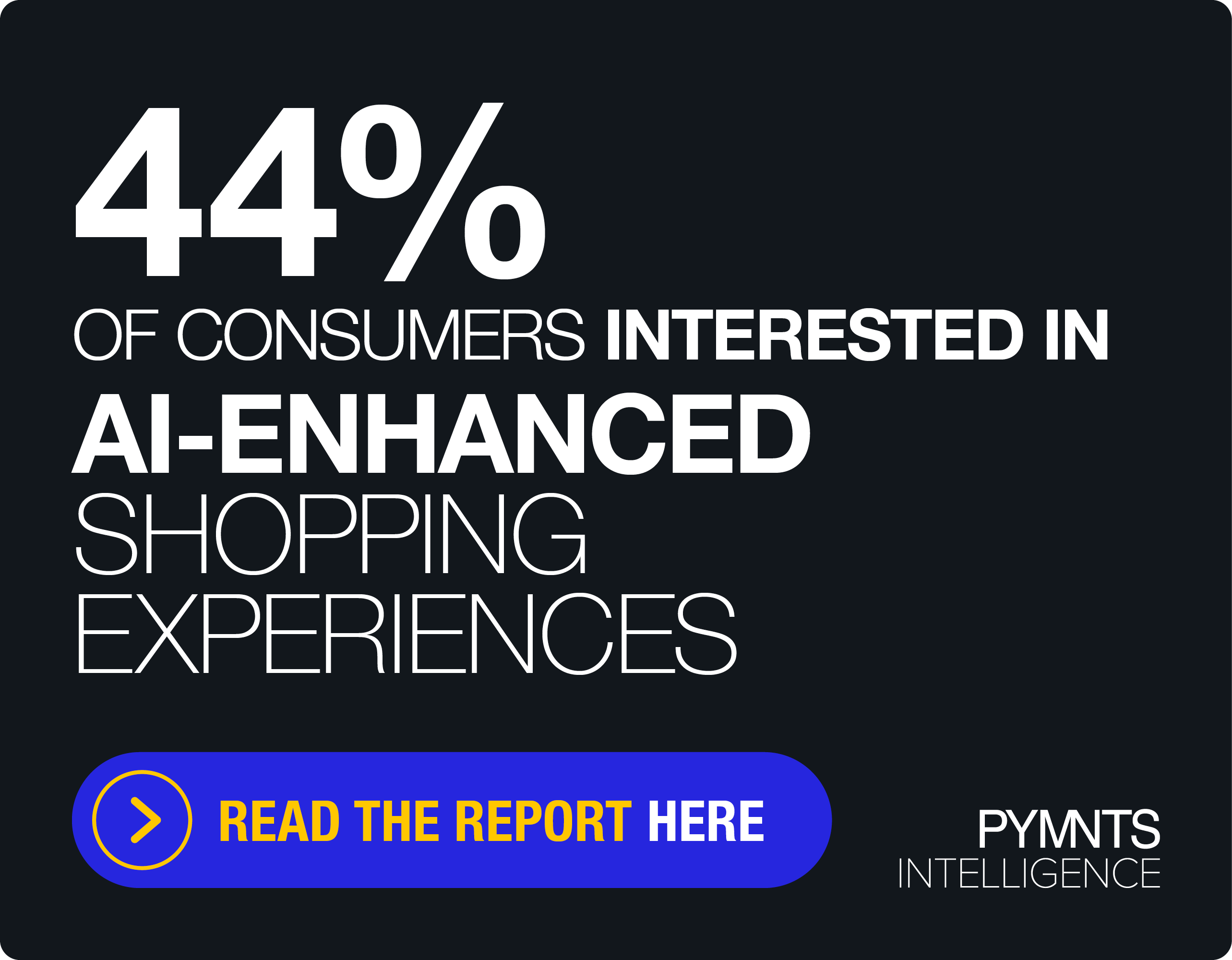Faster Payments Takes Off For Corporates, But Not Blockchain

Corporate digitization efforts are well underway, and finance departments are often prime targets for this disruption. But a company’s interest and efforts to adopt new technologies does not always mean that all B2B payment processes are improved. Instead, new research suggests that the enterprise is embracing some tools and tech (but not all), and applying them to some aspects of B2B payments (but not all).
In the “2018 B2B Payments & WCM Strategies” report, Strategic Treasurer, Bottomline Technologies and Bank of America surveyed about 275 respondents to assess how corporate payment behavior is – or isn’t – changing.
The stats indicate key areas in which professionals say they are increasing awareness and use of digital solutions to make accounts payable and accounts receivable processes faster, more streamlined and more secure. Yet the report also highlighted a few areas that suggest not much has changed in the way of reducing paper.
The report, written by Strategic Treasurer and sponsored by Bottomline Technologies and Bank of America, surveyed corporate treasurers, cash managers and CFOs about their key focuses for improving B2B payments.
Automation emerged as the undeniable driver of accounts payable enhancements, cited by 49 percent of survey respondents – even more so than security and cost. Most (58 percent) said their top priority is to automate invoice delivery and capture, beating out migrating paper documents to digital formats (cited by 52 percent of respondents).
More than half noted that invoice and payment automation are also highly prioritized within their organizations.
Corporate budgets to improve B2B payments, accounts payable and accounts receivable processes appear to be on the rise, too.
According to the report, more than a quarter of survey respondents said their firms have allocated at least $100,000 to payment technology investments in the year ahead.
As that digitization effort progresses, businesses have also expressed efforts to boost investment in commercial card programs. More than three-quarters of professionals said their spend will stay the same or increase on card programs this year compared to 2017, as 40 percent plan to spend more. The report noted there are “eight times more firms that plan to increase card spend versus those planning to decrease spend.”
And while the EMEA region signals a greater focus on payment technology investment for the year ahead, North America respondents are more likely than EMEA peers to plan increased spend on card programs.
Critical to the increased adoption of commercial cards is the increasing acceptance of cards by vendors. About two-thirds of survey respondents said they are satisfied with the level of vendor acceptance they see, which may account for why purchasing cards are more likely than other commercial card products (including T&E cards and virtual cards) to be used in the coming year by professionals.
Finally, adoption of cutting-edge B2B payment technologies could be on the rise, with nearly two-thirds of survey respondents reporting that their businesses are already using same-day payments or other faster payment technologies. One-third said their payment rail of choice for faster transactions is Same-Day ACH.
Interestingly, more respondents said they use or plan to use real-time payments compared to SWIFT gpi (21 percent versus 13 percent, respectively).
Room for Improvement
While the report suggests there is a clear trajectory toward electronic payments and an emphasis on investing in B2B payments technology, researchers also found evidence that not all areas of corporate payments and accounts payable have seen improvement.
More than a quarter of businesses say they either often or always delay B2B payments to their vendors, suggesting a gap in cash flow management capabilities. Only 29 percent of survey respondents said they feel more comfortable this year than last with using a B2B payments mobile app, while only 5 percent said they plan to use blockchain to accelerate B2B payments, signaling that not all cutting-edge B2B payment technologies have gained traction.
There are several major hurdles to B2B payments improvements. According to the report, the issue of cybersecurity is increasingly influential on how much a business will invest in new technologies. Nearly half of corporates said their security concerns are higher this year than they were in 2017.
B2B payments, by their nature, are quite complex, too: 45 percent of businesses said they generate more than 10,000 transactions every month, and 18 percent generate more than one million. Survey respondents regularly make payments in multiple currencies, and businesses are often working with more than one banking partner to manage these transactions: 34 percent of businesses use six banks or more for payment origination, for example.
But while the complexities of B2B payments cannot be ignored, companies are increasing their payment volume and value, leading to the ever-pressing need to modernize, heighten security and boost efficiency.
“For most organizations, business-to-business payments represent a highly impactful element of operations that, if left unmonitored or unreserved, can quickly become inefficient and error-prone,” said Craig Jeffery, Strategic Treasurer founder and managing partner, in the report’s introduction.
